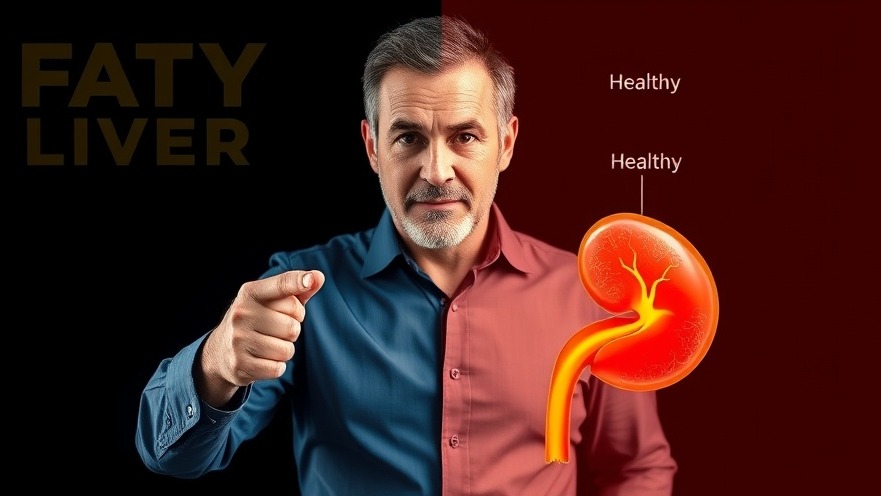
Understanding Your Poop: A Window into Your Health
Many might cringe at the thought, but examining the characteristics of our stool—both shape and color—can provide vital insights into our digestive health. As Dr. Burke highlights, monitoring these aspects can alert you to potential health issues long before they surface in a blood test. In a world where we often overlook the body’s signals, acknowledging the importance of our bowel movements is a step toward better health.
In 'Does Your Poop Look Like This?', the discussion dives into the often-ignored topic of stool analysis as a health indicator, highlighting critical insights that sparked deeper analysis on our end.
The Shapes and Their Signals
The ideal stool appears brown and sausage-shaped, indicating healthy digestion. However, variations from this norm could signal underlying issues. For instance, hard pellets typically suggest a slow transit time, which could indicate problems higher up in the digestive tract. Conversely, softer, fragmented stools may mean a lack of beneficial gut microbes or potential food allergies.
The shape of your stool can also inform you of more serious concerns. Thin, pencil-like stools may indicate a blockage or polyp in the colon, a signal that requires immediate medical attention. There is no shame in discussing bowel movements; rather, it is essential for maintaining your overall health.
Decoding Stool Color: What Your Bowels Reveal
The hues of your stool carry equally important messages. The typical brown color originates from bile produced by the liver, reflecting a well-functioning digestive system. Light-colored or gray stools can suggest bile obstructions, possibly indicating liver or gallbladder issues, often before any other symptoms appear.
If your stool floats and has a foul smell, this suggests fat malabsorption, a red flag for potential pancreatic problems. Black stools may signal internal bleeding, especially from stomach ulcers, while red stools can result from eating beets or indicate hemorrhoids. This information can empower individuals to seek timely medical care and avoid further complications.
Frequency: A Crucial Factor
Did you know that bowel movements should ideally occur one to two times daily? Consistency is key, and too few bowel movements can lead to discomfort and digestive troubles. Incorporating practices like intermittent fasting may help restore your gut’s rhythm and efficiency.
As highlighted by Dr. Burke, skipping breakfast and limiting snacking can allow your digestive system time to reset—an often-overlooked strategy in today’s fast-paced lifestyle.
Why Gut Microbes Matter
Healthy stool formation heavily relies on a diverse array of gut microbes. A lack of these beneficial bacteria can lead to digestive problems, making it crucial to include sources of probiotics in your diet. Foods like yogurt, kefir, and blackberries can serve as excellent reinforcements of these microbes.
The connection between gut health and overall wellness cannot be overstated. When your digestion works well, you’ll find not just your bathroom habits improving, but your overall well-being being uplifted.
Taking Charge of Your Health: Empowering Actions
So, how can you ensure that your digestive system remains healthy? Start by paying attention to your body’s signals. Keep a log of your bowel habits, noting the shape and color of your stool. Make note of any dietary changes that might influence these factors, and don’t hesitate to consult a physician if any troubling signs arise.
Incorporating regular physical activity and consuming a balanced diet rich in fiber can significantly improve digestive health. By making informed choices, you empower yourself to take charge of your wellness journey.
If you’re eager to delve deeper into achieving optimal gut health, Dr. Burke suggests an informative follow-up video on making your own yogurt, which could introduce you to probiotics that rival those found in the store.
 Add Row
Add Row  Add
Add 




Write A Comment